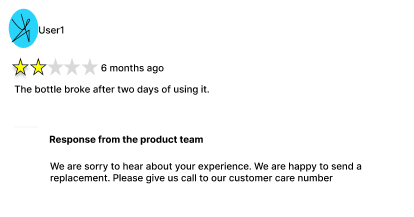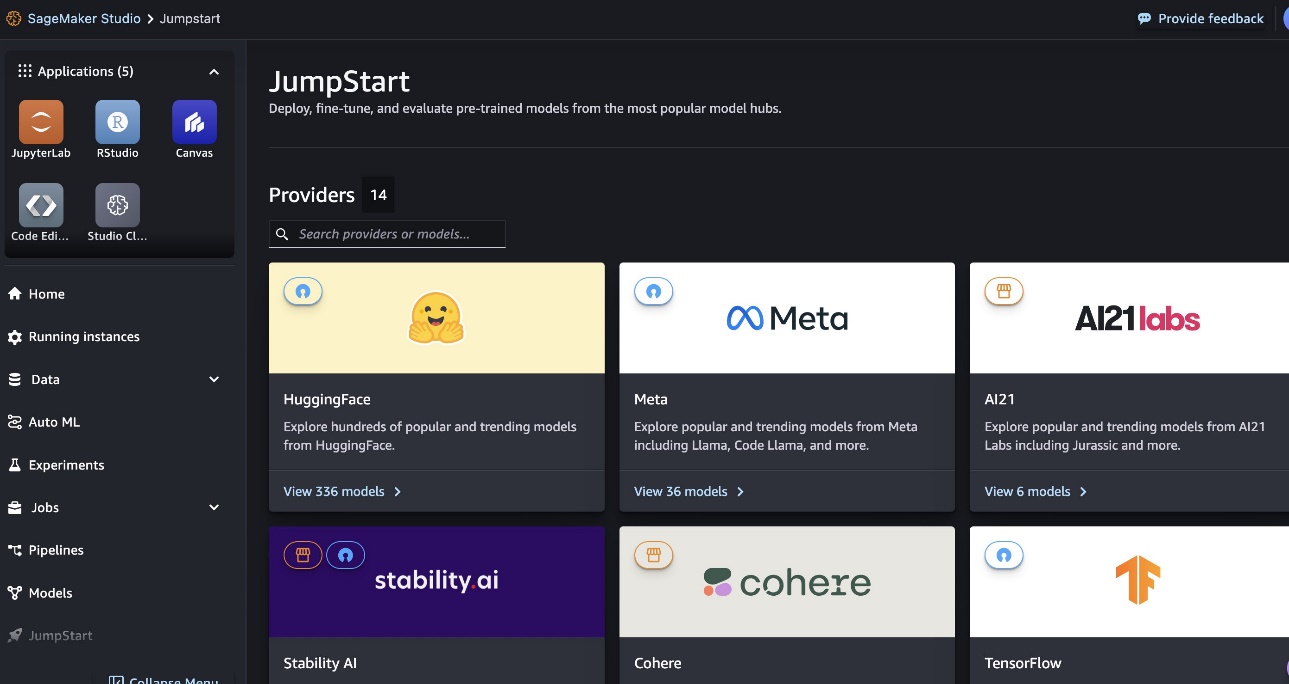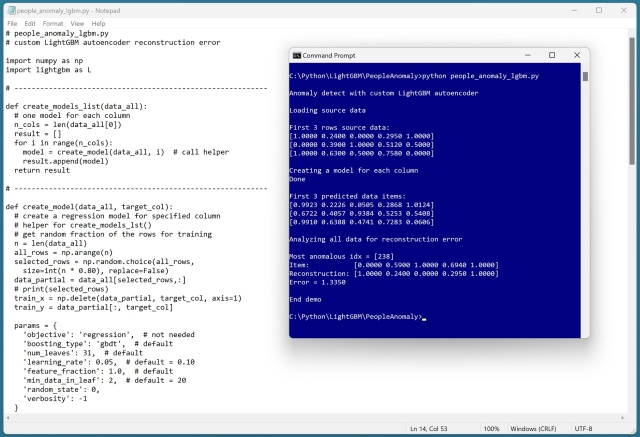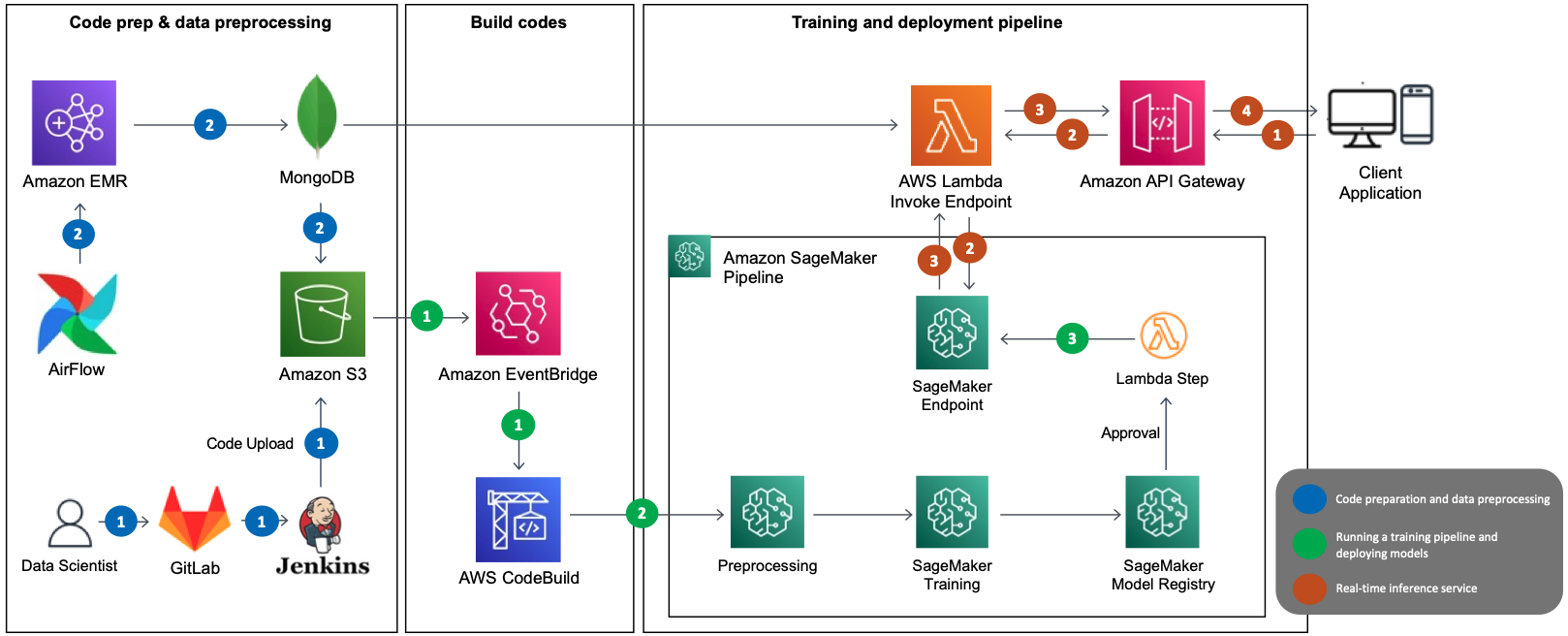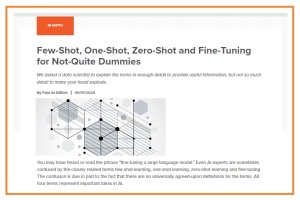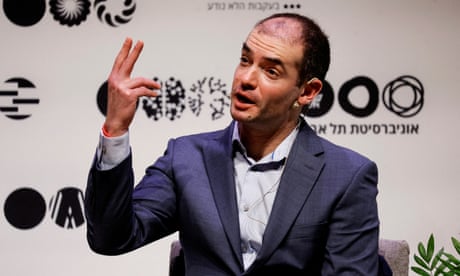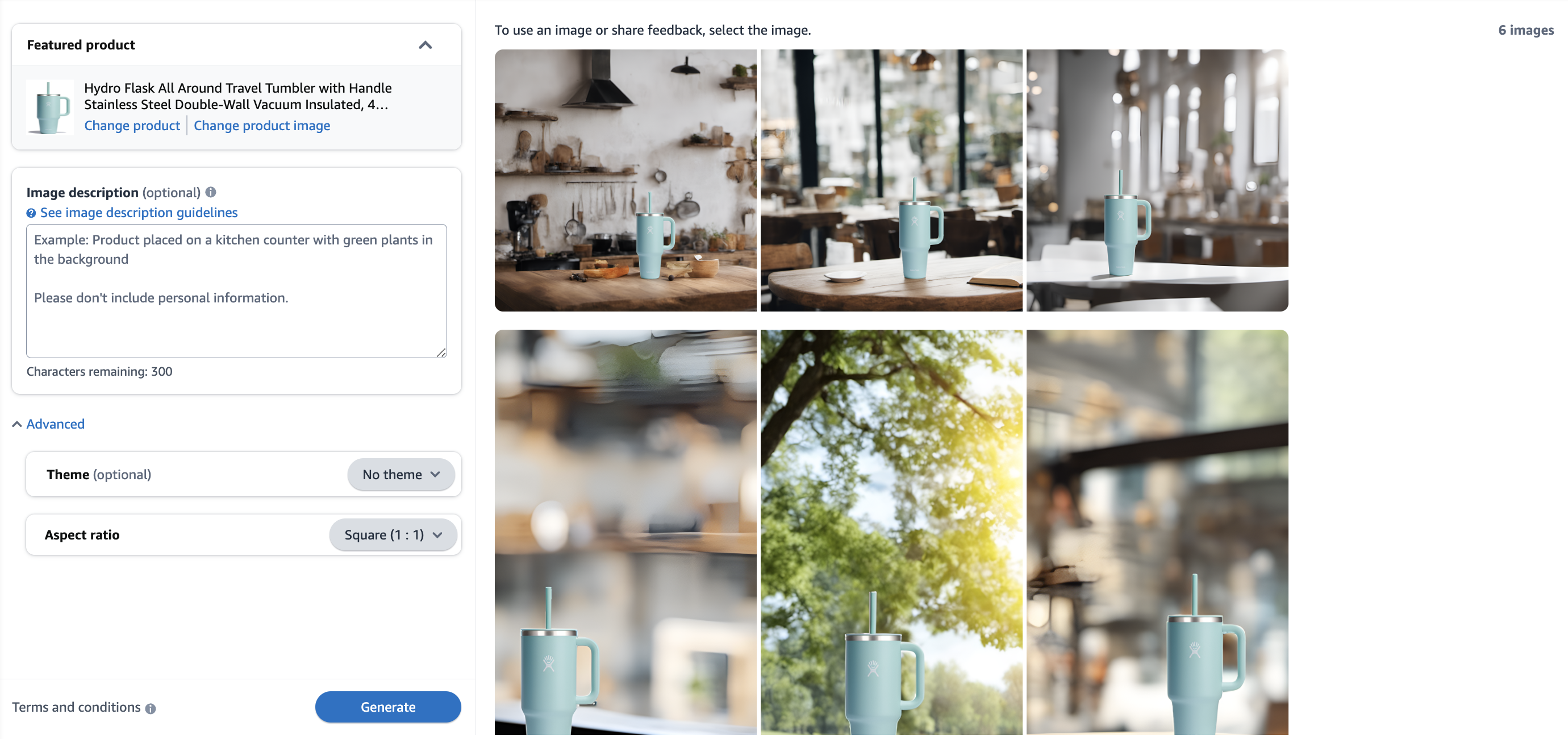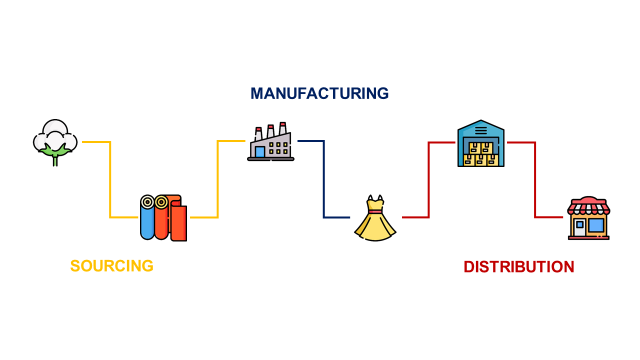Generative AI uses large language models like LLMs to create diverse content. Prompt chaining breaks down complex tasks for better accuracy, but human judgment is crucial to verify outputs.
Mistral AI releases Mixtral-8x22B LLM on Amazon SageMaker JumpStart, a cost-efficient model for ML applications. Mistral AI's Mixtral 8x22B offers high performance with multilingual capabilities and a 64,000-token context window.
Scientists have developed an AI sarcasm detector to enhance human-AI interactions. This technology aims to help AI understand and use sarcasm more naturally.
LightGBM enables autoencoder for anomaly detection by creating separate models for each column. Python interface simplifies the process, but tuning over 100 parameters can be challenging.
Summary: Learning is linked to understanding errors. By reducing errors in replicating a recipe, one can improve cooking skills and achieve the desired taste.
America's military-industrial complex spotlighted at AI Expo for National Competitiveness, with Palantir's controversial AI products in focus. Former Google CEO Eric Schmidt's thinktank hosts event, sponsored by Palantir, known for work with ICE and Israel Defense Forces.
LotteON enhances personalized shopping with deep learning-based recommendation algorithm using Amazon SageMaker and MLOps. The solution architecture includes AWS services for data preprocessing, model training, real-time inference, and CI/CD structure.
Article explores few-shot, one-shot, zero-shot, and fine-tuning in AI. McCaffrey predicts easy fine-tuning for custom AI assistants.
GeForce NOW introduces Men of War II and Palworld this week, offering historical battles and adorable creature companions. Ultimate membership provides 4K streaming and extended gaming sessions for an immersive experience.
ONNX Runtime on AWS Graviton3 boosts ML inference by up to 65% with optimized GEMM kernels. MLAS backend enhances deep learning operator acceleration for improved performance.
OpenAI's co-founder Ilya Sutskever departs after orchestrating CEO change. Sutskever's departure marks end of decade-long tenure at the AI startup.
Amazon Ads uses AI to help advertisers create engaging visuals easily. Advertisers can generate contextually relevant images with no technical expertise.
The battle for dominant design in generative AI technology is heating up, with ChatGPT leading the charge. Organizations are racing to invest in capabilities that could revolutionize industries and enhance customer experiences. Understanding the concept of dominant design is crucial for navigating the rapidly evolving field of generative AI and making strategic decisions on technologies.
Summary: Utilize data science to optimize value chain management for efficiency and profitability. Examples include supplier mapping, production planning optimization, and automating distribution.
Google unveiled Veo at Google I/O 2024, a new AI video synthesis model akin to OpenAI's Sora, creating HD videos from text, image, or video prompts. Veo can generate 1080p videos over a minute long, edit videos from written instructions, and maintain visual consistency across frames.

